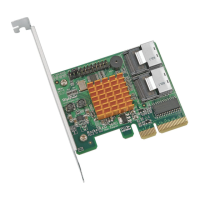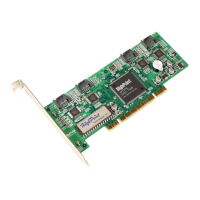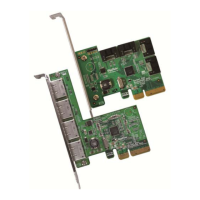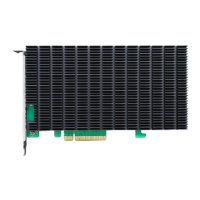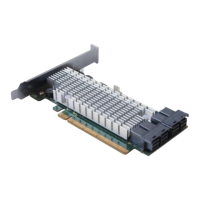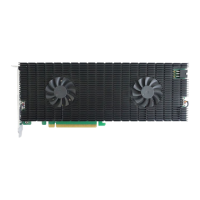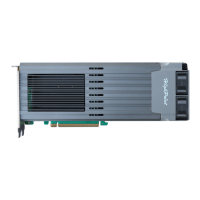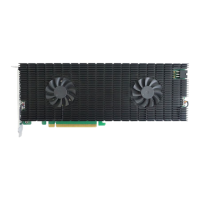14
Array Type:
An array is a collection of physical disks that will be seen as one virtual drive by your Operating System (OS).
The RR3700 is capable of creating the following array types:
• RAID 0 — Striping
• RAID 1 — Mirroring
• RAID 5 – 1 drive redundant
• RAID 6 – 2 drive redundant
• RAID 1/0 — Striping Mirrored array
• RAID 5/0 – 1 drive redundant mirror
Each RAID level has its pros and cons based on the application you use it for (Note: Refer to RAID level Quick
Reference)
Array Name: the name that will be displayed in Logical Device
Information (Default: RAID_<level>_<array number>)
Initialization Method: Initialization of a disk sets all data bits to 0, essentially clearing all the data on the drive. It is
important to initialize disks as previous data physically stored on the drive may interfere with new data.
• Keep Old Data: This option skips the initialization process and all data on each physical disk of the array
will be untouched.
• Quick Init: This option grants immediate access to the RAID array by skipping the initialization process,
but it will delete all data. Note: Skipping initialization is generally not recommended as residual data on
disks may interfere with new data in the future.
• Foreground: The array initialization process will be set at high priority. During this time array is not
accessible, but the initialization process will complete much faster. (Recommended)
• Background: The array initialization process will have a lower priority. During this time the array
will be accessible, but the initialization process will take much longer to complete.
Note: Initializing takes a significant amount of time (approximately 2 hours per 1 TB when using hard drives).
Background and Foreground Initialization
Foreground initializing the array will completely zero out the data on the disks, meaning the disk will be completely
wiped and every bit on the disk will be set to 0. Background initialization means the array will still be created, and
you can still write new data onto the array. But when your array requires rebuilding, residual data left behind may
interfere with the process.
Cache Policy (Default: Write Back)
Write Back – Any data written to the array will be stored as cache, resulting in better I/O performance at the risk of
data failures due to power outages. Data will be stored as cache before it is physically written to the disk; when a
power outage occurs, any data in the cache will be lost.
Write Through – Data written to an array is directly written onto the disk, meaning lower write performance for
higher data availability. Without cache acting as a buffer, write performance will be noticeably slower but data loss
due to power outages or other failures is significantly minimized.
Block Size (default: 512K)
[128K to 512K are the supported block sizes]
